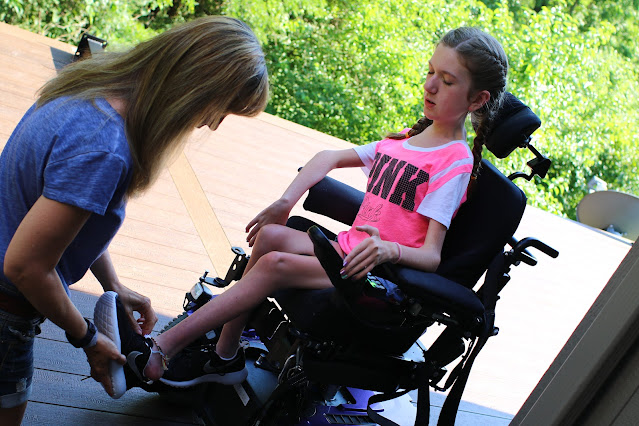Advancements in Muscular Dystrophy Treatment: A Glimmer of Hope for Patients
Introduction:
Muscular dystrophy is a
group of genetic disorders characterized by progressive muscle degeneration and
weakness. While there is no known cure for muscular dystrophy, advancements in
research and treatment options have provided hope for patients and their
families. In this article, we will explore some of the latest breakthroughs in
muscular dystrophy treatment, offering a glimmer of hope for those affected by
this debilitating condition.
Gene
Therapy:
One of the most
promising approaches in the treatment of muscular dystrophy is gene therapy.
Scientists are exploring methods to correct or replace the defective genes
responsible for the condition. With the development of CRISPR-Cas9 technology,
researchers can potentially edit faulty genes and restore proper muscle
function. While still in the experimental stage, initial studies have shown
promising results, offering a potential long-term solution for muscular
dystrophy patients.
Exon
Skipping:
Exon skipping is
another innovative treatment approach currently being researched for certain
types of muscular dystrophy, such as Duchenne muscular dystrophy. This
technique aims to restore the reading frame of the affected genes, allowing the
production of a shorter, but functional, protein. By skipping specific exons in
the gene sequence, researchers can potentially mitigate the effects of the
disease and improve muscle strength and function.
Stem
Cell Therapy:
Stem cell therapy holds
significant potential for the treatment of Muscular
Dystrophy Treatment Researchers are investigating the use of various
types of stem cells, including embryonic stem cells, induced pluripotent stem
cells (iPSCs), and muscle-derived stem cells, to regenerate and repair damaged
muscle tissue. Early studies have shown promising results in animal models,
with the potential for future clinical applications in human patients.
Pharmacological
Interventions:
Pharmacological
interventions are being explored to manage the symptoms and slow the progression
of muscular dystrophy. Drugs such as corticosteroids are commonly prescribed to
improve muscle strength and delay the loss of ambulation. Additionally, new
medications are being developed to target specific molecular pathways involved
in muscle degeneration, with the aim of slowing down disease progression.
Supportive
Therapies:
While there is ongoing
research for a cure, supportive therapies play a vital role in enhancing the
quality of life for individuals with muscular dystrophy. Physical therapy,
occupational therapy, and respiratory care are essential components of a
comprehensive treatment plan. These therapies aim to maintain mobility, manage
muscle weakness, and address respiratory complications, helping patients lead
more independent and fulfilling lives.
Though a cure for
muscular dystrophy remains elusive, the landscape of treatment options is
evolving rapidly. Gene therapy, exon skipping, stem cell therapy,
pharmacological interventions, and supportive therapies offer hope for
individuals affected by muscular dystrophy. While these advancements are still
in various stages of development and require further research, they bring us
closer to a future where the impact of this debilitating condition can be
minimized. With continued dedication and collaboration among researchers,
clinicians, and patients, we can strive for better treatments, improved
outcomes, and ultimately, a cure for muscular dystrophy.




Comments
Post a Comment